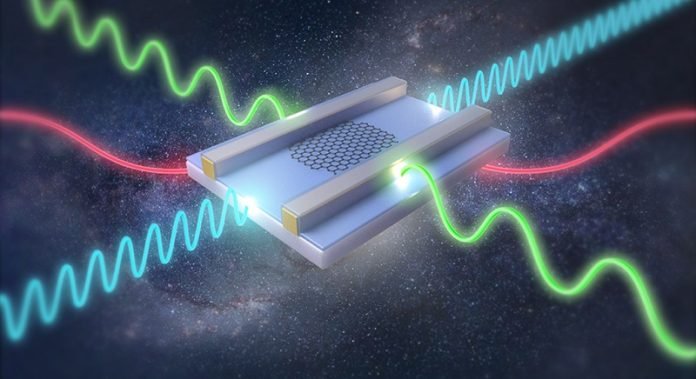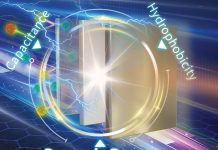
Scientists from Argonne National Laboratory, the University of Chicago, and the University of Wisconsin-Milwaukee have made a big leap in water safety.
They’ve created a super-smart sensor that can quickly find harmful stuff in tap water like lead, mercury, and even the E. coli bacteria.
This is big news because water pollution is a global problem that can make people very sick.
Why Are These Sensors Special?
Most water sensors so far have had problems. Sometimes they break, or they can’t always tell if something bad is in the water.
But this new sensor is different and much more reliable.
The secret is in its special layer of material called graphene. Think of graphene like the brain in a computer, but for the sensor.
On top of this layer, the scientists put tiny gold connectors and a protective layer made of a material called aluminum oxide. Each sensor is designed to spot a specific bad thing in the water, like lead or E. coli bacteria.
Solving the Problem of Faulty Sensors
Creating lots of these sensors with high quality is challenging. Sometimes tiny holes can form in the protective layer, making the sensor act weird.
To tackle this issue, the researchers came up with a test to find out which sensors might be faulty before making lots of them. The best part? This test doesn’t damage the sensor but helps to sort out the good ones from the bad ones.
Super Accurate and Versatile
To show how good these sensors are, the scientists used three of them together to test tap water. They found that they could accurately measure even tiny amounts of lead, mercury, and E. coli. They used special computer algorithms to help analyze the results, making it even more accurate.
The cool thing is, these sensors can be used in all types of water, not just from your tap.
And you can use many sensors at once, each looking for different things like medicines, pesticides, or even viruses. This could help us keep our drinking water safe, but also make sure water used in farms or factories is clean too.
What’s Next?
The team hopes to turn this amazing discovery into a product people can use. They think it could change the way we deal with water safety around the world.
“Water contamination is a problem for everyone, everywhere. We need to work together to solve it,” said Junhong Chen, one of the leading scientists.
In the future, these sensors could help us not just find dangerous stuff but also valuable elements that could be used in other ways. This way, we can reuse water more safely for different needs like drinking, farming, and industrial work.
The work of these scientists could be a game-changer in making sure our water is safe to use and drink. It’s a big step toward a healthier and safer world for all of us.
Citation: “Scalable graphene sensor array for real-time toxins monitoring in flowing water.” Maity et al, Nature Communications, July 13, 2023.
Follow us on Twitter for more articles about this topic.



